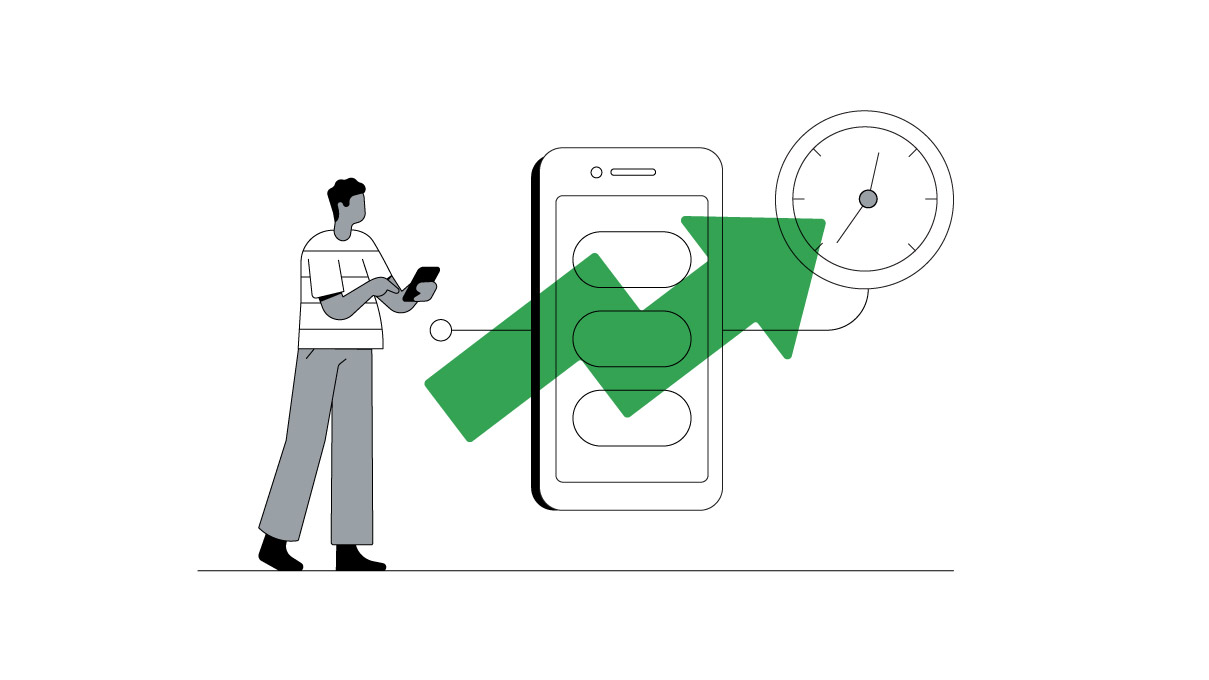Customer Analytics guru and Wharton professor, Eric T Bradlow, talks about the Golden Age of Marketing - both when he thought we were living it (often over the past 25 years), and when he thinks it's coming (never).
My hope is that through this provocative title, I have enticed all readers of this article to think that I know when the Golden Age of Marketing Research was, or that it exists now, or even what it would look like if it ever did arrive. Sorrowfully, I must say that I don’t, it doesn’t, and I wouldn’t. This might not be the answer you would expect from a data-driven mathematical marketing scientist from Wharton; but that I don’t know is exactly the reason why you should want to continue reading.
I have spent the last 25 years chasing data that would allow me to declare that the Golden Age of Marketing has arrived. When I was a teenager, working at a telemarketing firm, I couldn’t believe that data existed on what customers “felt” about companies, and that the transcription of these telephone records could lead to improved overall customer service. Note, I highlight overall because there was no way to tie that person’s conversation directly to her transactions, media consumption or the company’s marketing. But it was a start. At the time I was convinced that this was the Golden Age; but looking back it clearly was not.
Around 1985, as an undergraduate at Wharton, I was exposed to supermarket scanner data, its panel nature, and how it could be used for customer targeting. That seemed like the Golden Age, because you could know the list of basket items someone bought at your store and – most important – over what time period they purchased. You could know with what frequency customers bought certain goods, how “loyal” they were to a certain brand, if they used coupons, and if so, for which products? Again, it seemed like the Golden Age had arrived. Again looking back, it was not even close. Consider this partial list of what was not known: (i) items looked at but not purchased; (ii) items purchased at other stores; (iii) how much product was on the shelf at that moment; or (iv) the media customers consumed (tv, print, billboards – there was, of course, no internet yet). Any of these data points would have greatly enhanced a firm’s ability to micro-target, but this capability was still 10-15 years away.
In 1991, when I started my first full-time job at DuPont, in their corporate marketing group, I was thrust into the world of customer satisfaction surveys. Imagine this gold-mine of information: We could link together B2B transaction data with quarterly surveys. My days were spent running regressions and creating perceptual maps, to get a handle on the competition and better understand the drivers of purchasing. It was certainly more of golden age than my predecessors at DuPont had enjoyed. Yet, there was always that feeling that we were missing something. What I wouldn’t have given then to actually measure word-of-mouth (referrals), what most people now consider the most significant driver in the B2B space.
Fast-forward 10-15 years, and the internet had became a marketer’s dream. One could track the pages that a customer visited, how long they spent there, what items they purchased; and – depending on whether this was a registered panelist (e.g. Nielsen, Comscore, etc.) – their entire internet usage history, without relying solely on cookies or other “proxy tracking devices”. Certainly, this had to be the Golden Age! New methods were being developed to monetize clickstream data, firms were sprouting up in the targeted advertising space, firms were making customized product recommendations based on an individual’s purchase history (e.g. Amazon’s early-on collaborative filtering). Yet there was still so much more to be known. Think back to the year 2000 and consider some of what was not known: (i) online/offline linkages; (ii) what web content consumers actually consumed (as opposed to mere page views); and (iii) half or more of our 1985 list. At the time, of course, it seemed another Golden Age.
Greater consumer insight through improved measurement always yields the potential for even greater monetization.
Lastly, let us consider all of the important measurement breakthroughs over the last 10 years. They have included: (i) mobile measurement – including the newly found field of distance-based/GPS based targeting; (ii) eye-tracking – so that the marketer can measure what was seen as opposed to what was merely “loaded;” (iii) social media – maybe the biggest change in the last 10 years – so that firms could measure what many would consider the most important marketing ”force,” word-of mouth; (iv) set-top box data where firms have the ability to know what was watched on what is still the form of media (television) that has the largest reach, and target advertisements to individual households; (v) search engine marketing – that has radically changed marketing because it is considered a “late-stage” of the buying process opportunity, i.e. companies know the consumer is actively looking for something; and (vi) banner advertising/brand building that leads to both direct click-throughs, and long-term value. This is just to name a few. But consider the simple question of whether you even now know all of this information for each of your customers. Hardly. While many companies are currently chasing the “data-fusion dream”, it is far from a current reality.
So while I know that all of these new data sources have kept me busy writing about new statistical methods for gleaning business knowledge, maybe I have finally learned my lesson. I have said multiple times over my career “This is the Golden Age”. It simply is not. That is the beauty of the field of marketing: Greater consumer insight through improved measurement always yields the potential for even greater monetization. So too, the firms that are today creating rapid advances in technology-based enhanced marketing measurement, appear to us to be creating yet another Golden Age. But I won’t be fooled again. That is, at least until the next great data source comes along.
To all the marketers out there - when was the last time you thought the Golden Age had arrived, only to realize it has not?







